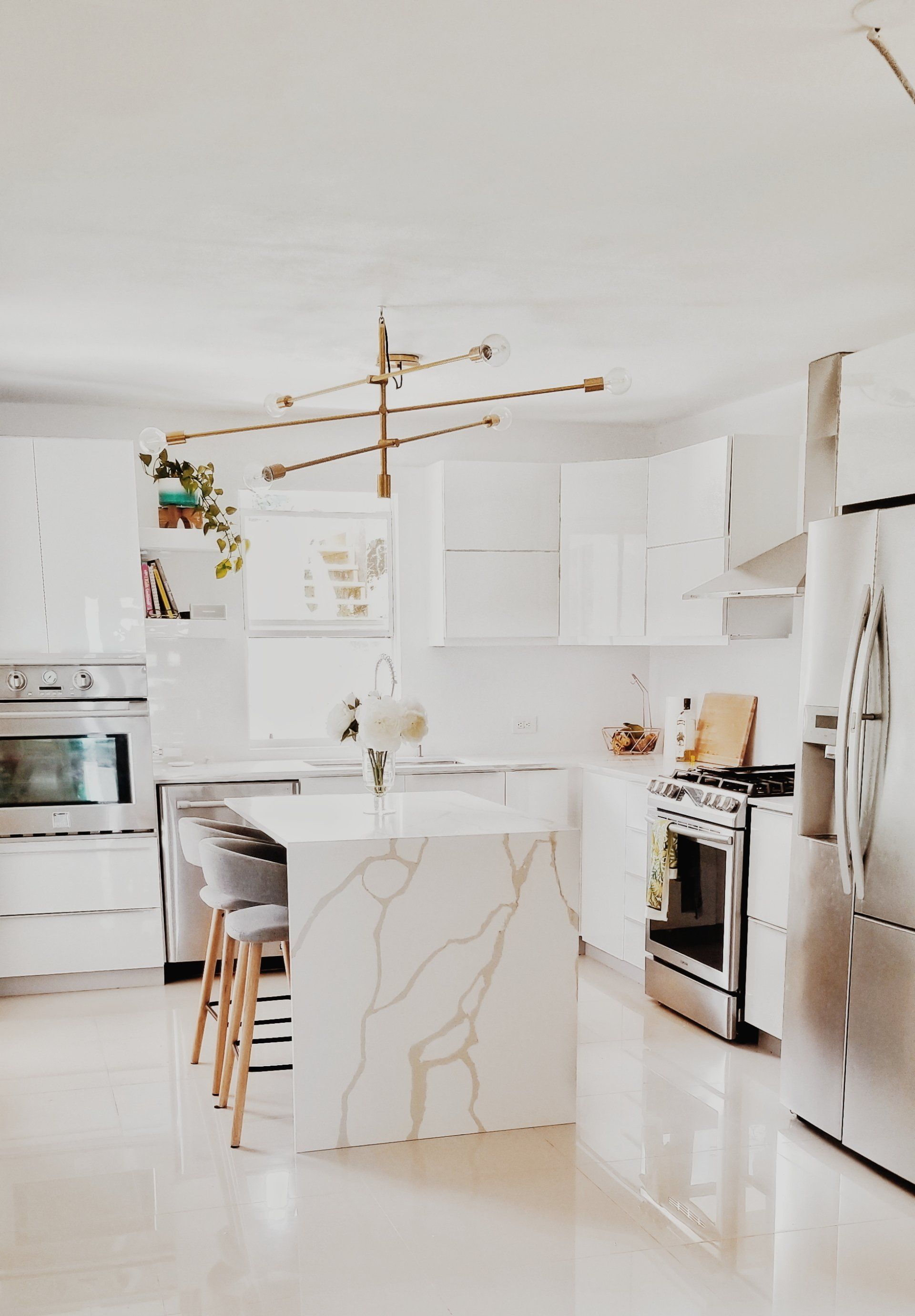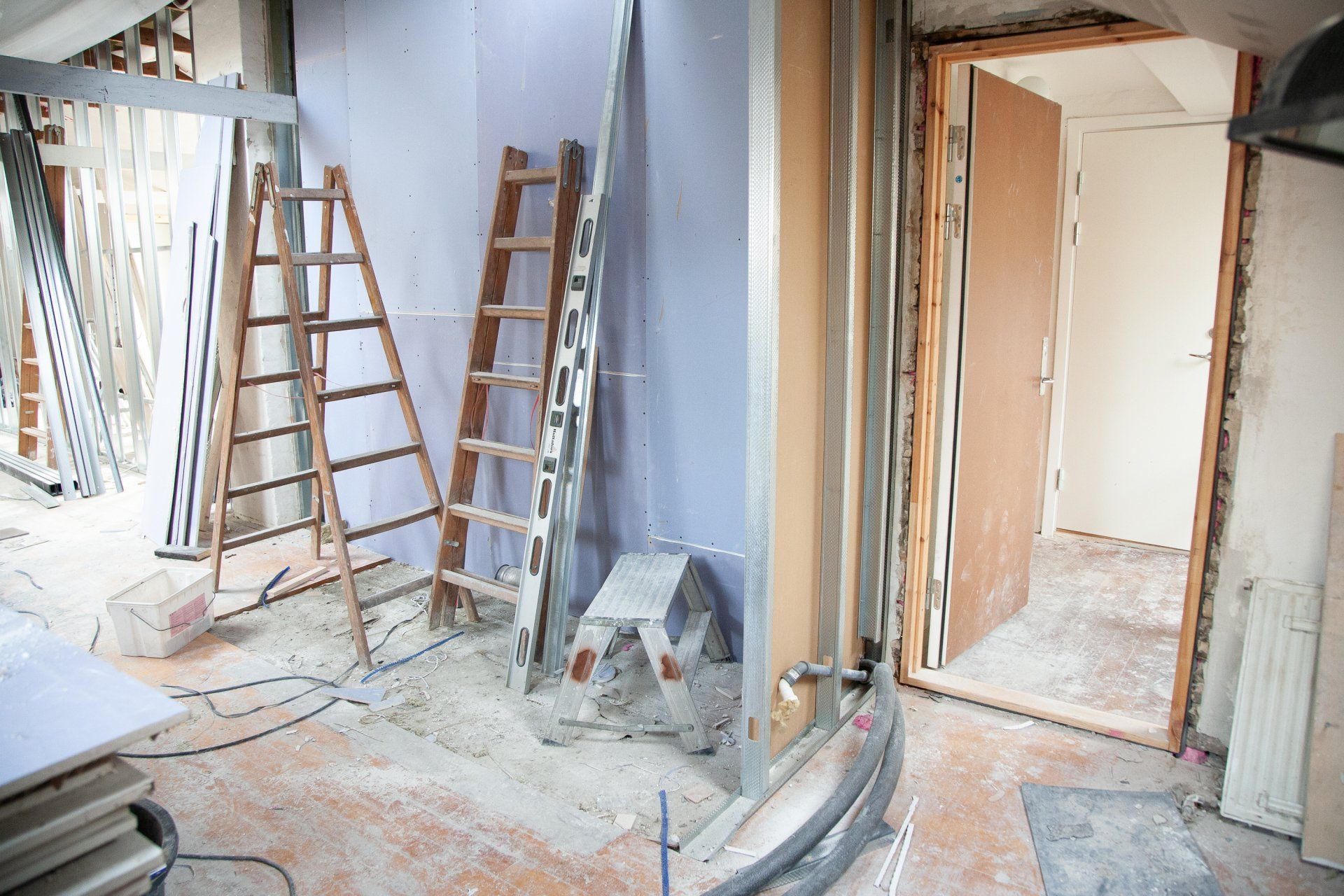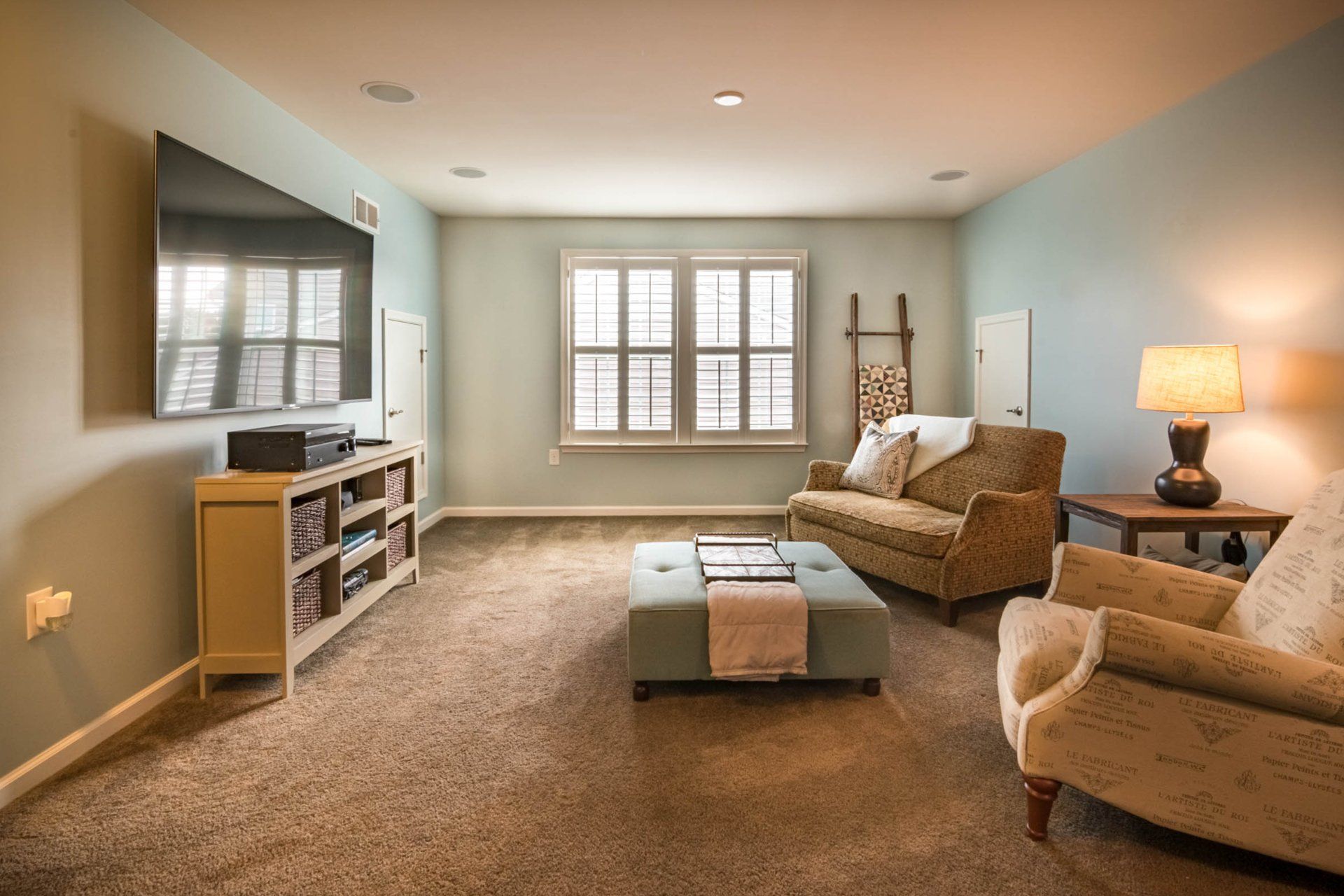Choosing the Right Paint Finish: A Comprehensive Guide for Every Surface
Introduction
Pro Painters and Decorators Bristol understand that Selecting the perfect paint color is just one part of the equation when it comes to transforming your living spaces. Equally crucial is choosing the right paint finish to ensure a flawless and durable result. With a variety of finishes available, including matte, satin, and semi-gloss, it's essential to understand how each option can impact different surfaces within your home. In this guide, our painters and decorators in Bristol will break down the characteristics of each finish and provide expert advice on selecting the most suitable one for walls, trim, and doors.
Matte Finish:
Matte finishes are characterized by their low sheen and lack of reflection. They are an excellent choice for walls as they help to conceal imperfections and provide a smooth, elegant appearance. Matte finishes are also less likely to show brushstrokes, making them an ideal option for larger wall surfaces. However, it's important to note that matte finishes may not be as durable as other options, so they are generally not recommended for high-traffic areas or areas prone to moisture, such as bathrooms or kitchens.
Satin Finish:
Satin finishes strike a balance between matte and glossy, offering a subtle sheen that adds a touch of sophistication. This finish is versatile and works well on various surfaces, making it a popular choice for both walls and trim. Satin finishes are more durable than matte finishes, making them suitable for high-traffic areas. Additionally, their slight sheen makes them easier to clean, which is especially beneficial for areas prone to splashes and spills.
Semi-Gloss Finish:
Semi-gloss finishes are known for their higher sheen and reflective qualities. This finish is highly durable and easy to clean, making it an excellent choice for surfaces that require frequent cleaning, such as doors and trim. Semi-gloss finishes are also moisture-resistant, making them suitable for bathrooms and kitchens. Keep in mind that the higher sheen may emphasize imperfections on walls, so it's advisable to use a different finish for large wall spaces.
Choosing the Right Finish for Different Surfaces:
- Walls:
- For a smooth, elegant appearance with minimal shine, opt for a matte finish. Ideal for living rooms, bedrooms, and dining areas where a relaxed atmosphere is desired.
- In high-traffic areas or spaces where easy cleaning is essential, consider a satin finish for a subtle sheen that combines durability with sophistication.
- Trim:
- Choose a satin or semi-gloss finish for trim, baseboards, and crown molding to add a touch of elegance and ensure durability. The slight sheen of satin complements the trim without being overly reflective.
- Doors:
- Opt for a semi-gloss finish for doors to achieve a durable, easy-to-clean surface. The higher sheen adds a polished look, enhancing the visual appeal of your doors.
Conclusion:
Selecting the right paint finish is a critical step in achieving a professional and long-lasting paint job. By considering the characteristics of matte, satin, and semi-gloss finishes, you can tailor your choices to different surfaces within your home, ensuring both aesthetic appeal and practicality. Remember to factor in the specific needs of each space, from the walls to the trim and doors, to create a cohesive and visually stunning result that stands the test of time.
Contact Pro Painters and Decorators Bristol today for professional advice and your free competitive quote.
You might also like
Painters and Decorators Bristol Blog


Book a Service Today
We will get back to you as soon as possible
Please try again later
Quick & Reliable
We are available contact by email or telephone
Painters and Decorators Bristol
V
Bristol's leading professional painting and decorating service since 2010.
Sitemap
Working hours
- Mon - Sat
- -
- Sunday
- -
